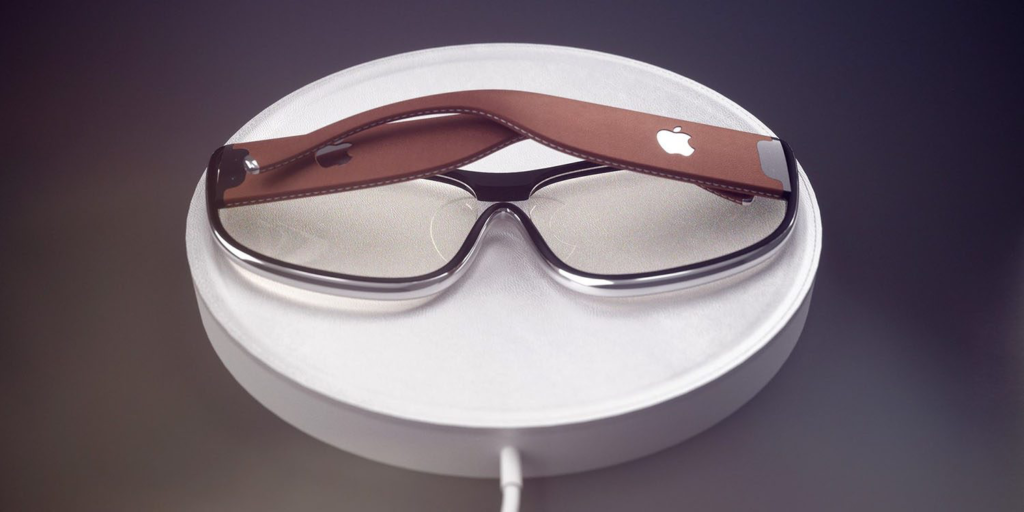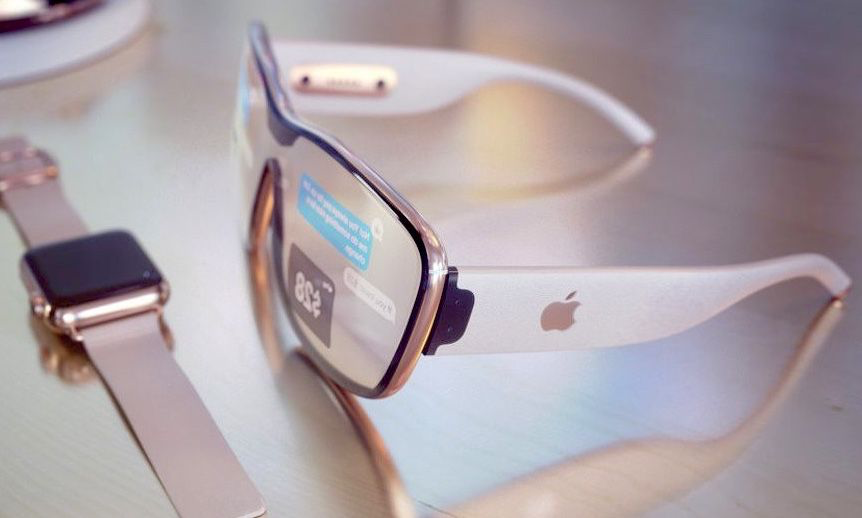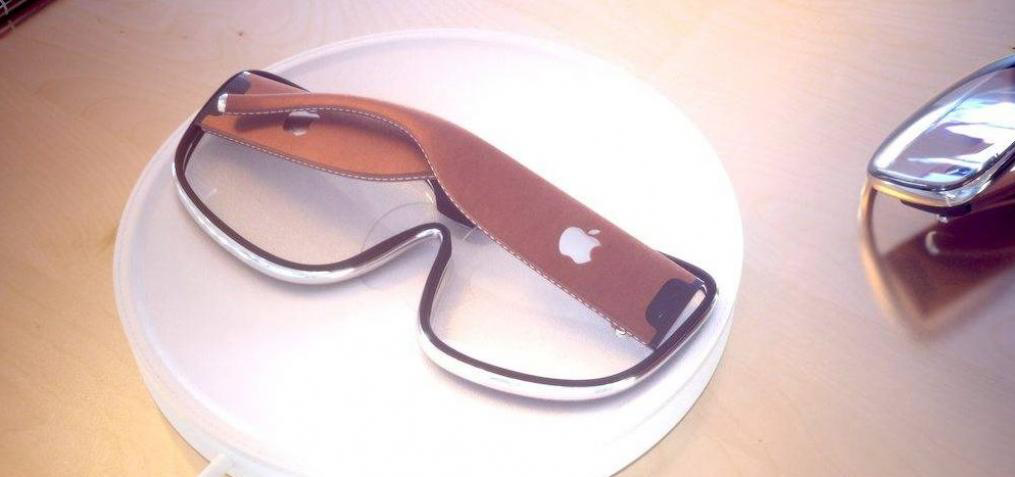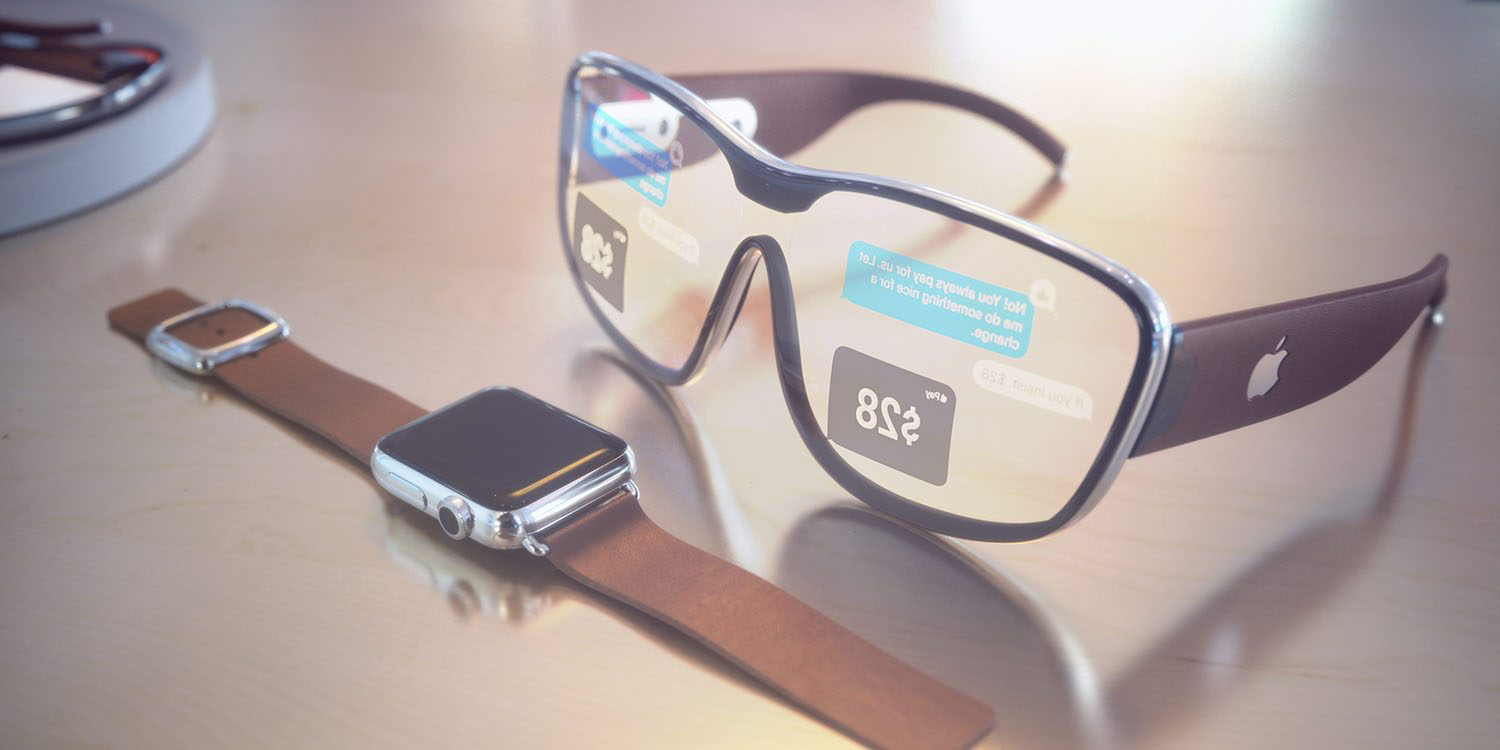In a report from earlier this week, 9to5mac.com it suggest that the upcoming iPhone, the iPhone 12, is going to support a new WiFi spec 802.11ay. If this happens to be true, it would be a shock to many. Apple usually doesn’t integrate unapproved tech into their devices, something they have been adamant about since the rise of 3G. But this connectivity wouldn’t be used for just your phone.
This new rumor points to something a little more exciting, as the 802.11ay would be perfectly made for Apple Glasses, something that millions of consumers are wanting.

In a piece written by Macworld’s Jason Cross, he explains 802.11ay as something that is more of a reinvention than something original. This is gigabit WiFi 2.0.
About 10 years ago, the Wireless Gigabit Alliance (a group of companies including Apple, Intel, AMD, Broadcomm, Qualcomm, and others) got together to build a standard spec for wireless communication over the 60GHz frequency band. They called it WiGig because it offered gigabit speeds, but it’s official IEEE designation is 802.11ad [and it] never really caught on […]
802.11ay is the second coming of WiGig. Finally ratified in 2019, it’s a big enhancement to the WiGig protocol that still uses the 60GHz frequency range, but should travel further and provide a lot more bandwidth. One stream is up to 44 gigabits per second, and you could bond 4 streams for a total of 176 gigabits per second. That’s about as fast as HDMI 2.1 for one stream! Of course, real-world performance will be much lower, but it’s still a dramatic improvement over the Wi-Fi you’re used to.
So what use would this be to the common consumer? Airdrop, SideCar, and phone setup would all improve. By something else is what is catching everyones eyes. The ability to give a high resolution while maintaining latency issues.

The exciting part of 802.11ay is that it provides high enough bandwidth and low enough latency that it can be used to send data to high-resolution, high refresh rate displays. Like, say, virtual reality or augmented reality headsets.
Apple has long been rumored to be working on a headset or eyewear that does at least AR, maybe mixed AR and VR. All the processing for your AR/VR experience could happen in the headset itself, making it a completely standalone product, but doing so makes it bigger, heavier, more expensive, and shortens battery life. The alternative is to make the headset a relatively dumb set of displays and cameras, with all the processing happening on some sort of base station—like your new iPhone 12. An ultra-high speed, super low-latency connection like that provided by 802.11ay is a necessity to make that work.
This isn’t saying that Apple is planning on releasing some glasses or a headset this fall at their annual broadcasted keynote. It does show that they are aware of the technology and what they need to do to deliver a headset and display that is leaps and bounds better than the competition. They are likely including this technology inside of the new iPhone for the purpose of giving as many users the chance to have a compatible device as possible.

Many know that Apple won’t be releasing a half-baked idea or product. Once they do release AR or VR glasses, they will be fantastic. Likely standalone, capable of all XR, and an off-board compute system. This all would be enabled by the rumored A14 chip as well, something that will likely blow the Qualcomm Snapdragon XR2 out of the water.
Of course a lot of this is speculation, but the rumors usually hold true in this area. For more VR and AR news and community updates, make sure to check back at VRGear.com.






























